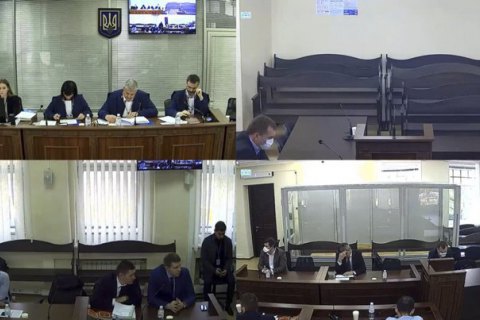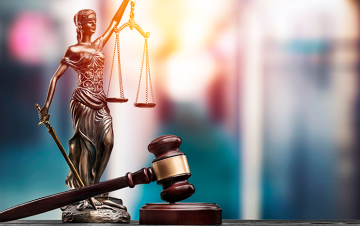I constantly strive to develop and acquire new knowledge, my experience and additional education confirm this.
Participation in the court session
Court hearings are formal meetings in court at which the court hears cases related to violations of the rights, duties, or interests of individuals, or resolves other legal issues. Court hearings are conducted in accordance with the law and procedural rules, and may be open or closed to the public.
A lawyer's participation in a court hearing is a key aspect of providing legal assistance to a client. Here is a step-by-step plan that includes preparation for the court hearing, direct participation in it, and actions after the hearing:
Preparation for the court session
1. Collection of information and documents:
Collect all necessary documents and evidence related to the case.
Check the availability of documents confirming the attorney's authority (warrant, agreement on the provision of legal assistance, attorney's certificate).
2. Acquaintance with the case:
Carefully study the case materials, statement of claim, counterclaim, response, evidence, expert opinions and other documents.
Familiarize yourself with court practice and legislation that regulates disputed legal relations.
3. Preparation of speech and questions:
Prepare speech theses, main arguments and counterarguments.
Formulate questions to witnesses, experts and the other party.
4. Preparation of the client:
To hold a meeting with the client to discuss the defense strategy and the course of action at the court hearing.
Familiarize the client with possible questions and their answers.
Direct participation in the court session
1. Arrival at the court:
Arrive at the court in advance to have time to check the documents and prepare for the hearing.
Make sure you have all the necessary documents.
2. Introductory speech:
During the opening of the court session, introduce yourself, announce your authority and submit the necessary documents to the court (warrant, contract, certificate).
3. Presentation of the position:
State the client's position, argue it and provide evidence.
Interrogate witnesses, experts and representatives of the other side.
4. Interaction with the court:
Answer court questions, submit petitions, objections and other procedural documents.
Respond to statements and actions of the other party, submit counterarguments.
5. Final speech:
Present the final arguments, summarize the arguments and draw the court's attention to the key points of the case.
Actions after the court session
1. Acquaintance with the court decision:
Get a copy of the court decision or resolution, familiarize yourself with its content.
Discuss the decision with the client, explain its consequences and possible further actions.
2. Analysis and preparation of the appeal (if necessary):
If the decision does not satisfy the client, prepare an appeal, arguing the reasons for disagreement with the court decision.
File an appeal within the time limits established by law.
3. Execution of the court decision:
Assist the client in the execution of the court decision, if it is positive. Cooperate with executive bodies if necessary.
4. Completion of work:
Prepare a report on the work performed and provide it to the client.
Discuss with the client further steps and possible actions in case of new circumstances.
Representation of a lawyer at a court hearing. defense in court requires high professional training, confidence in one's actions and careful observance of procedural norms.




































